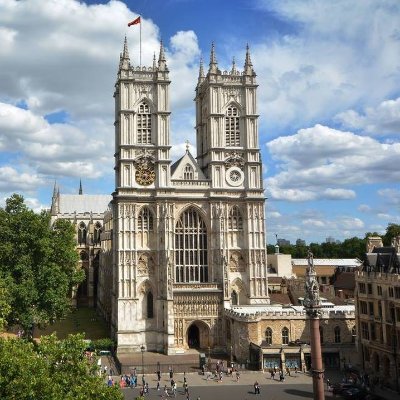
Kriegsspuren
@kriegsspuren
Followers
3,692
Following
133
Media
2,449
Statuses
8,247
Urban exploring (esp. WW2). Usually my photos (mostly iPhone). No historian but enthusiast. Just in case: bridgehead over at BlueSky (same handle).
Berlin, Deutschland
Joined August 2020
Don't wanna be here?
Send us removal request.
Explore trending content on Musk Viewer
#INDvNZ
• 120097 Tweets
Rohit
• 103632 Tweets
Kohli
• 83122 Tweets
STELLebration of WICKED Dreams
• 60448 Tweets
NASA BUTUAN SI OLBAP
• 51552 Tweets
New Zealand
• 50430 Tweets
ハヤヤッコ
• 44791 Tweets
#スパスタ3期
• 40117 Tweets
Almería
• 20258 Tweets
スナイパーの角度
• 14185 Tweets
ブルーインパルス
• 13562 Tweets
ハマスタ
• 12227 Tweets
筒香ホームラン
• 11198 Tweets
Last Seen Profiles
@RRRDonner
Memorial for Arvid & Mildred Harnack, murdered in Berlin-Plötzensee in 1942/43, at Hasenheide 61 (Bln.-Kreuzbg.). “In their flat on the 4th floor, the couple organized antifascist courses (…). More than 130 members of the ‘Red Orchestra’ were arrested in 1942, 49 executed (…).”
3
81
667
Physical snapshots of a fight 86 years ago (railroad bridge at Leibnizstraße, Berlin)
#Kriegsspuren
12
30
374
In 1947, the photographer Harry Croner took the S-Bahn between Jannowitzbrücke and Zoologischer Garten and documented the ruins of Berlin which we can see in this video published by the
@StadtmuseumBLN
:
1
8
69
Görlitzer Bahnhof, an U-Bahn station of the U1 line (Berlin-Kreuzberg), in 1953 and 2024 with the Emmaus Church in the background. Note how the staircase on the left (the only access) has switched sides and that (among others) kiosks have been added below the station.
#OTD
1953: Blick auf den U-Bahnhof Görlitzer Bahnhof. Im HG ist der Turm der Emmaus-Kirche zu sehen.
#sammlungonline
#mitGoetzedurchBerlin
#Kreuzberg
Bild: © Rolf Goetze | Stadtmuseum Berlin
1
7
46
5
2
63
Female statue near the entrance of the cemeteries on Mehringdamm (Berlin-Kreuzberg). If it wasn‘t for the edges, it looked as if a bullet *entered* from the front and caused a dent from the inside on the back. However, it looks as if the bullet *left* through the front?
#XFiles
4
5
59
Obscure Berlin
#1
: The geographical centre of Berlin (1996) at 52° 30’ 10” N, 13° 24’ 15” E (Alexandrinenstr., Berlin-Kreuzberg).
5
5
55
Lidice massacre 10 June 1942
#OTD
Heute vor 80 Jahren verübten deutsche Polizisten das
#Massaker
von
#Lidice
, einem Prager Vorort.
Das
#Kriegsverbrechen
galt der Vergeltung für das Attentat auf Heydrich.
Alle Männer wurden erschossen, Frauen & Kinder deportiert, die 93 Häuser geplündert und in Brand gesetzt.
17
152
348
0
10
57
Wondering why the tracks (only) on the NE side of Hackescher Markt station do not align with the shape of the building. Was the building not planned properly or did the tracks layout have to be changed during construction?
#OCD
5
3
53
Would this structure that is part of the U-Bahn viaduct at the corner of Bülowstr./Frobenstr. (Berlin-Schöneberg) be considered a support, a column or a pillar? Anyway, it has a lot of impressive holes in it.
#wardamage
2
1
48
























































































































